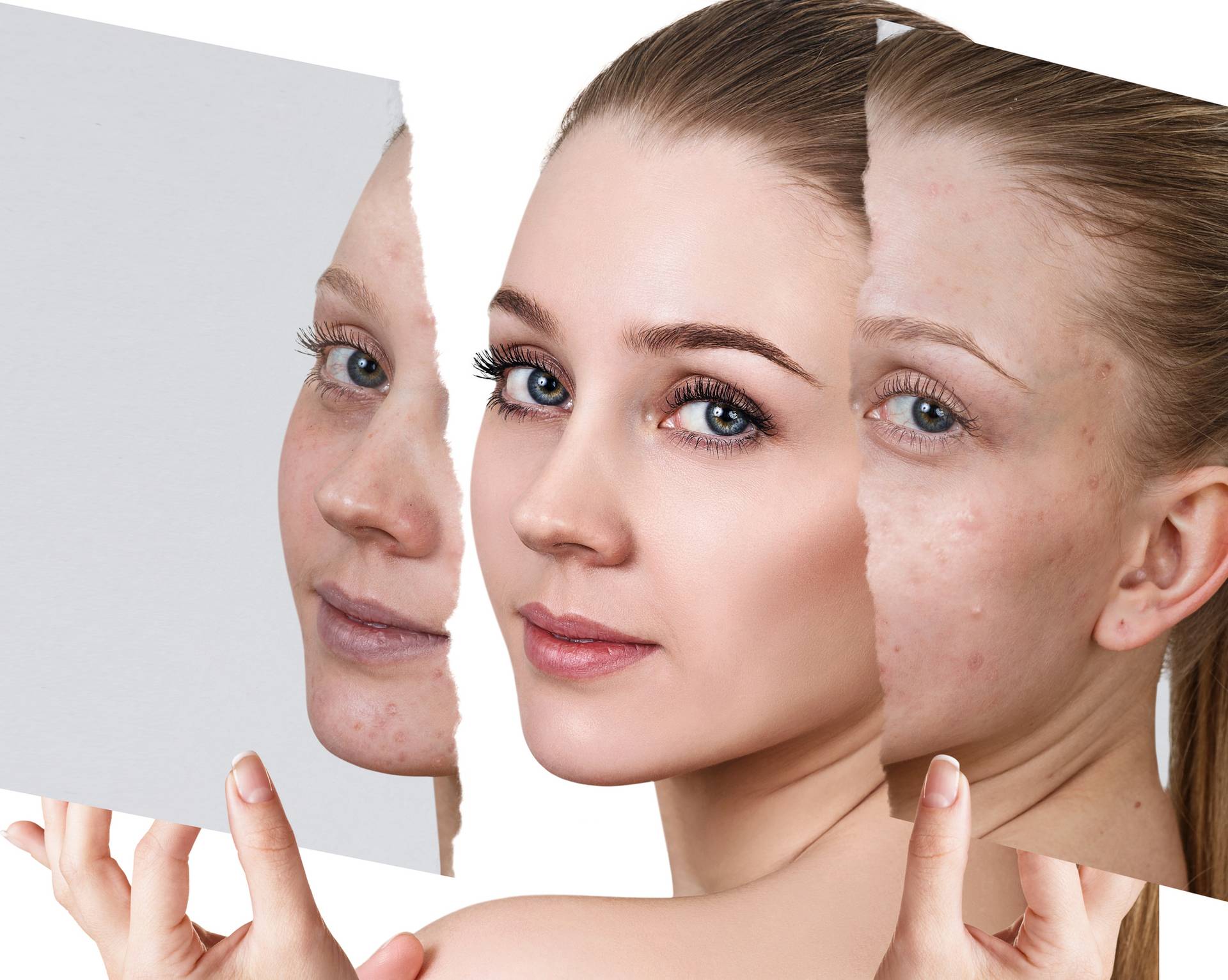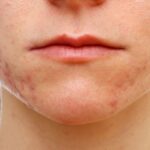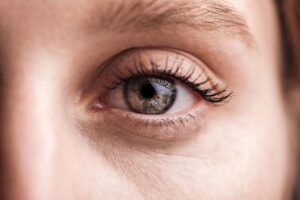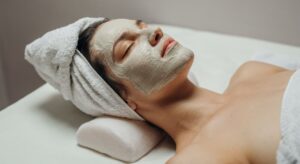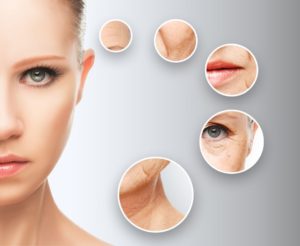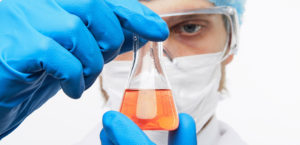What is worse than acne breakouts? The scars it leaves behind. After pimples have cleared and healed, some leave marks, the dark spots can take weeks or even months to fade. But the stubborn scars and marks that are left behind that don’t fade with time is another thing altogether. These scars and marks sometimes affect not just a person’s physical appearance, it may also damage a person’s confidence.
Acne scarring is a term used for a variety of marks that breakouts can leave behind. It comes in different forms and requires different treatments. The dark marks left after pimples have healed is not a scar, it is referred to as post-inflammatory hyperpigmentation and should be treated differently. There are many forms of acne scarring, there are atrophic (depressed) scars: boxcar, ice pick, rolling, and hypertrophic (raised) scars. We dig deeper to find out more about the best scar treatments. Skin type, as well as skin tone, should also be considered before jumping into a particular treatment.
At-Home Skin Care
AHA (Alpha Hydroxy Acids) are a group of natural acids that are commonly used as skincare to remove the top layer of dead skin cells, so as to help acne and improve the appearance of resulting scars because of its exfoliating effects. Glycolic acid a type of AHA is systemically safe and nontoxic, it produces superficial peels capable of significant effects to even out scarring, but with few complications. Lactic acid which is a milder AHA works well with sensitive skin on delivering light exfoliation.
Retinol stimulates new skin cell growth, so it will give your skin a smoother and more even texture. This can reduce the appearance of scars and dark spots
Salicylic acid clears pores, reduces swelling and redness, and exfoliates the skin when applied topically. It’s considered to be one of the best treatments for acne scarring. You can add products with salicylic acid into your daily routine or your skincare specialist may use it for less frequent chemical peels. Salicylic acid helps to eliminate dead skin cells and can help to improve hyperpigmentation and promote new skin cells, improving both tone and texture associated with scars.
BOTOX
There are times that the skin around acne scars puckers. Botox injection relaxes the surrounding skin, producing a smoothing effect which may improve the appearance of the scar. Botox is metabolized by the body so results are temporary, repeat treatments are needed to retain the effect.
Chemical Peel
Your doctor applies a chemical solution to the scar tissue to remove the top layer of skin and minimize the appearance of deeper scars. You can repeat mild and medium peels to maintain results. You can have only one deep peel. Potential side effects include changes in skin color, especially with deep peels used on dark skin.
Dermabrasion
This procedure is usually reserved for more severe acne scarring. Your doctor removes the top layer of skin with a rapidly rotating brush or other devices. Surface scars may be completely removed, and deeper scars may appear less noticeable. Potential severe side effects include scarring and changes in skin color. Resurfacing works well for treating acne scars that are almost flat. Even dermabrasion, which removes the top layers of skin and some of the middle layers, cannot effectively treat deep acne scars. It is useful for contouring scar edges to make scars less noticeable. Deep scars often require skin surgery and resurfacing.
Fillers
This treatment is best suited for depressed scars. Fillers are used to safely and effectively plump depressed acne scars to even out the skin surface. There are a variety of fillers that can be used, most of which are naturally occurring in the body. Effects of filler injections may last from 6 to 18 months, some studies say they can last more than that. Fillers are best for someone with a small number of rolling and/or boxcar scars.
Laser Treatment
Laser resurfacing is useful for contouring scar edges to make scars less noticeable. This procedure works well with all types of scars.
Microneedling
This newer treatment uses a small, handheld, needle-studded roller on the surface of the scars. The needles puncture the numbed skin — but don’t go through it like a shot! As the skin heals, it makes collagen.
There is a microneedling procedure that makes use of the patient’s own plasma as a serum that could boost the healing effects of the microneedling procedure.
Steroid Injection
There are a few different medications that can be injected into raised scars to help soften and flatten them. Most responds well to corticosteroids. A chemotherapy drug fluorouracil (5-FU) has also been effective for hypertrophic scars, as well as interferon which is a naturally occurring protein in the body. The injections are usually performed as a series with one every few weeks.
Surgery
Punch excision is a type of skin surgery where the surgeon removes a scar by cutting it out. The resulting hole is then repaired either by regular stitches or by a skin graft. This treatment is reserved for the deeper more stubborn scars as it is the most invasive treatment and can cause a lot of downtime for the recovery and healing process.
*Information in this article is not medical advice and may not be factually accurate. It is intended for entertainment purposes only. Consult with a physician before attempting any tips in this blog post and to get the most up to date factual data about any procedure or treatment.

